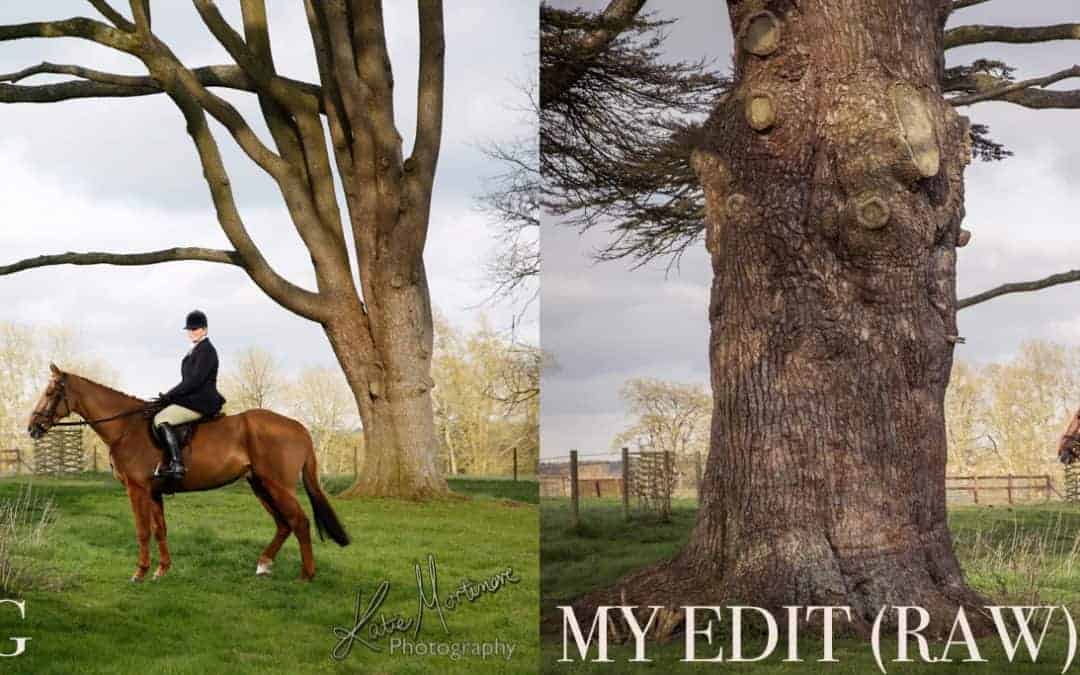I remember when I first started taking photos with a DSLR, I really didn’t understand what RAW was and kept to my safety blanket of shooting in jpeg. Eventually as I read and learnt more, I realised just how beneficial and indeed essential shooting in raw can be.
The capabilities raw give to adjust and edit a photo in post processing without loosing quality is miles ahead of jpegs.
I can hear several people questioning what is RAW and should you be shooting RAW files?!
Well first off you can only shoot in raw if you have suitable editing software that lets you convert the files as you can’t upload them to the internet or print etc as they come off the camera. Canon and Nikon both have their own raw editors but it can be fairly long winded and doesn’t offer all the tools you necessarily need. Personally I would only shoot raw if I had access to Photoshop or equivalent or ideally Lightroom. I will discuss Photoshop and Lightroom further in a future article but they are my go to programs.
So what is a RAW file? Essentially it’s just what it sounds like, a raw unedited file waiting for you to work your magic once you have the file on your computer. If you shoot jpeg the camera takes the data of what would be the raw files applies some default settings, compresses the data and produces a jpeg file instantaneously. If you have ever tried shooting in raw you will notice the file size is generally three times as big as the jpeg.

RAW vs Jpeg vs My finished edit. The RAW is notably flat whereas the camera jpeg is quite bold with quite heavy contrast. I personally prefer a slightly softer feel for this image. (click to view large version)
Personally I shoot everything in both RAW and jpeg, which gives me the best of both worlds. Realistically though the jpeg is normally only ever used as a backup. I like to have as much control over my images as possible and RAW gives me so much flexibility. I don’t need to worry about setting colour balance as this is completely adjustable when editing. If I have accidentally over or unexposed slightly then the image can be recovered without becoming grainy. By editing the RAW file you get to choose what settings are applied rather than the camera choosing. If you allow the camera to choose by shooting in jpeg then have to adjust when editing say shadows, contrast or exposure you will loose quality as the image will then be compressed twice, once by the camera then once by you.
The only time I tend to use my jpeg files is if I am at an event in a press capacity and need to upload files asap. At some I am known to transfer the jpeg to my iPad whilst out on course. Do very basic edits as needed (crop etc), watermark and upload to e-Venting.co.uk. I should say I don’t use raw because I want to correct mistakes, I use raw as I prefer my settings to those the camera choose especially when editing portraits and weddings.
So if you have the capability to shoot in RAW should you? This will predominately depend on what you are photographing and why. If you are taking photos that you know you won’t have to make many amendments to or if you need to get them finished/ready/uploaded in a hurry then shoot jpeg. If you are photographing portraits, landscapes, night/low light situations, then shoot in RAW.

This photo was over exposed at the start of a shoot as I got my settings ‘right’, but the horse was so well posed I ‘recovered’ it! The top row shows the change from RAW to my edit the bottom from the JPEG to my attempted recovery. The edit from the jpeg lacks depth and detail despite trying hard to replicate the results from my RAW edit. This is because I was working on an already compressed file. (Click image to view large version)
You should note that if you view a RAW image on your camera screen it will look brighter/bolder than when transferred to your computer as the preview applies the default settings to the file (the same as if it had been saved as a jpeg) for you to view it. When you first view on your computer the file will look dull and flat but this is normal. Also if you ever hear the phrase ‘Straight Out Of Camera’ or ‘SOOC’ in reference to a photograph it is normally the raw unedited file that is being referred to.
Hopefully you now understand slightly better the difference between shooting in RAW or jpeg. If you have any further questions though please don’t hesitate to ask.

